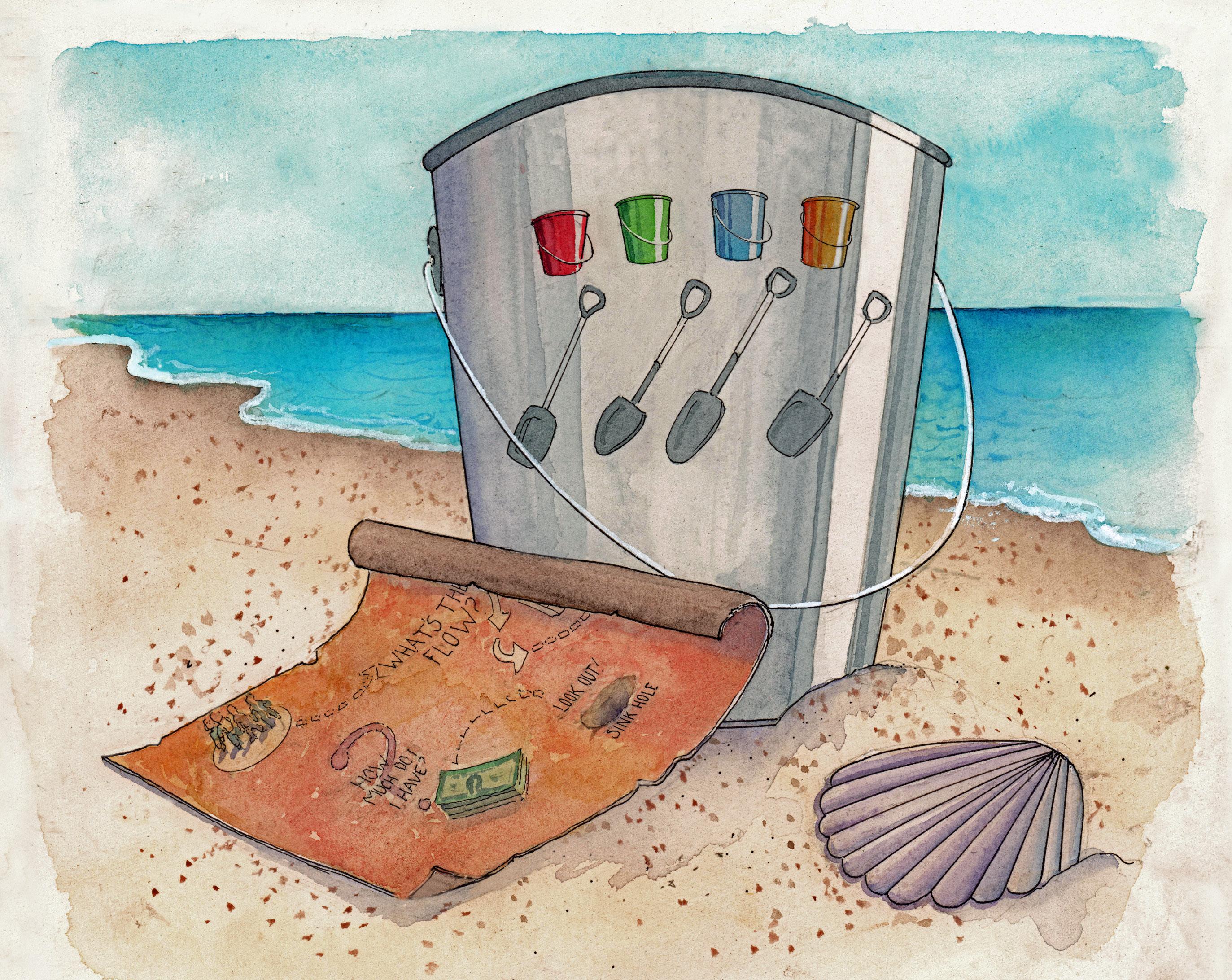
6 minute read
Various Kinds of Insurance and How to Get Them
Why Do I Need To Know This? If you ever decide to get a loan to buy a car, or eventually a home, the lender will require you to have insurance to protect their investment. Lenders don’t want to lose money! Insurance gives you and the lender “peace of mind” because if an unexpected situation arises, like a car accident or a flood in the basement, insurance will cover most of the repair costs. Plus, in some states, it’s the law to have insurance. The type of insurance and the amount of coverage you get are important decisions to make based on your best friend—research!
How Do I Get Started? Throughout a person’s life, a variety of different insurance products could be used. In many cases, insurance is a kind of protection in a sudden, unexpected, and costly situation that can happen to anyone at any time. Accidents and natural disasters are good examples. In some cases, insurance can also be a retirement asset or an estateplanning tool.
Types of Insurance Coverage: Property insurance, auto (or other vehicle) insurance, health insurance, life insurance, and (depending on your net worth and assets you own) umbrella and indemnity insurance are available options that provide coverage for your most important assets. The most relevant to young adults are heath insurance and car insurance.
Quick Tips
• Car insurance is relatively simple to get and you can get discounts for good grades, having multiple cars, being a good driver ... even for having certain safety features on your car. Sometimes it’s worth it to share insurance with your parents early on, just for the discounts.
Medical insurance is usually provided as a benefit by your employer. But when you’re a young adult, you’ll often stay on your parents insurance until you’re around the age of 25.
You can switch insurance anytime in order to get the best rates, so make sure you check rates every year.
Health Insurance: Protecting your family with health insurance is essential. Health insurance covers medical and surgical expenses that you may incur. Medical bills are often high, and your policy may only cover part of the bill. Unforeseen medical costs can deplete your savings, especially if you are unable to work while you are sick or injured. It’s important to have appropriate cover age.
Health insurance policies will either reimburse you for your expenses while sick or injured or pay the health care provider directly.
The amounts of coverage and the deductibles as well as your policy exclusions are personal preferences that seem to vary with the level of your family’s net worth. The higher your net worth, the higher your coverage limits. Be sure you understand the limits of your health insurance policy.
Many people receive health insurance from the company where they work. Of ten it’s part of the employee benefits package, and the quality of the coverage can cause a potential employee to accept or reject a job offer.
Auto Insurance: Vehicle policies cover the costs associated with getting into a car accident and often include liability coverage, which would cover the cost of the damage you cause another vehicle. Other options include comprehen sive, medical and car rental coverage. Most states require all vehicle owners to
purchase a minimum amount of auto insurance, but many people choose to purchase additional insurance to give them further coverage. Premiums will vary based on age, gender, years of driving experience, accident and moving violation history, along with a variety of other factors.
Personal Finance Stories
When Billy bought his first car, he financed it through the dealership. Before he could drive it off the lot, he had to provide proof of automobile insurance. Using his mobile device, he was able to get a few quotes and instantly signed up for the insurance he needed.
As it turned out, it was a good thing the lender required insurance because later that year, Billy was in a car accident. It wasn’t his fault but his insurance carrier was able to negotiate with the other person’s insurance carrier and resolve the is sue quickly. While his car was being fixed, Billy’s insurance company gave him a rental car.
But that wasn’t the end of it. When Billy’s car was rear-ended, he hurt his back and knee, and was sent to the hospital to be checked out. After a few hours in the emergency room, and some pain medication, he was able to walk out.
The cost to fix the car was $5,000 and the cost for the ER visit was $12,000, all paid for through insurance. Without it, he would have had to try to convince the person who hit him to help with the costs, or he would have been on the hook for the full $17,000 himself.
Car Insurance Tips
Review Your Insurance Policy Every Couple of Months: The competition among insurance companies fluctuates frequently due to ever-changing business demands/needs. Often when you get comfortable with your insurance company, it’s important to keep tabs on insurance rates - they have a tendency to creep up while other companies are lowering their rates. They get away with it because so many customers don’t notice!
Discounts: Be sure to ask if there are any discounts available for your insurance policy. Most companies have discounts for being a good student, a non-smoker, a good driver, a graduate of an authorized driving school, a child of someone who has served in the miitary or working in the government. It never hurts to ask!
Comparison Sites: There are many websites and online tools that will help you compare the prices and products offered by different auto insurance compa nies. Use them!
Driving Habits: One of the best ways to get a good insurance rate is to improve your driving, which minimizes the possibiity of an accident (the goal of every insurance company!). Many insurance companies are using “telematic devices” that are installed in your vehicle to record driving habits. The information is sent to the company to help determine your insurance rate.
Exercise: Life Insurance
Living The Dream Starts With Making The Right Investments
We believe that life insurance is the bridge that gets you over life’s bumps in the road, whether it’s a job loss, an illness, or a death . Getting insurance early in life can make your annual premiums cheaper and fi nance college, a wedding, or a new house, depending on the type of policy you get . The important thing to know is that it’s not all about dying - it’s more about living .
There are two types of life insurance — term life and whole life .
Term Life: This provides protection for a specifi c, limited amount of time (like 10, 15, 20, 25 or 30 years, or up to a maximum age, like 80). Usually there is no cash value, but you’ll pay a lower premium. It often off ers protection for specifi c times of need, like a mortgage or a child’s college tuition .
Whole Life: This is designed to stay inforce for an individual’s entire life — normally until age 120 . It has a cash value that accumulates over the life of the policy, meaning that you can access the cash for any reason, and it becomes guaranteed income after retirement . It’s a great part of a complete fi nancial plan.
Exercise: Life Insurance Calculator
Calculating life insurance is as easy as going online and inputting some numbers into one of the many life insurance calculators on the internet . Some of the things you should know ahead of time are that men have higher premiums than women, and smokers pay more than non-smokers . Many insurers will also ask for a physical exam by a doctor prior to providing insurance, to fi nd out if there are any pre-existing conditions or family history. These are all the more reasons to explore life insurance when you’re young and healthy .










